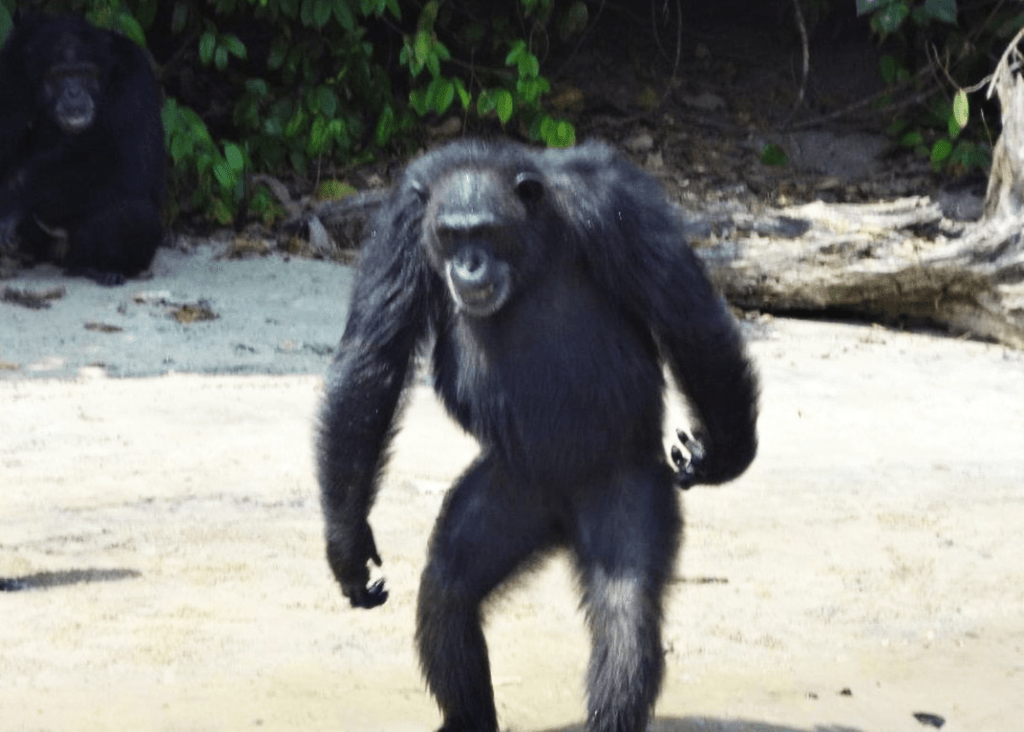Cryptozoology brims with intriguing creatures, and the Agogwe is no exception. Described as small, humanoid beings covered in russet hair, these mysterious figures have captured the fascination of cryptozoologists and enthusiasts alike. Join us as we delve into the history, sightings, and mysteries surrounding the Agogwe.
Historical Accounts
The first recorded sighting of the Agogwe dates back to 1900 by Captain William Hichens. While on an official lion hunt in the Ushur and Simbit forests of Tanzania, Hichens reported seeing two small, brown, furry creatures walking upright. He described them as “little men,” about four feet tall and covered in russet hair. This sighting was later detailed in the December 1937 issue of Discovery Magazine.
Interestingly, in 1927, British officer Cuthbert Burgoyne reported a similar sighting while sailing along the coast of Portuguese East Africa. From his ship, Burgoyne observed two little brown men walking among a group of baboons. He noted that these creatures were upright, graceful, and quite distinct from any known monkey species.
In the late 1950s, Charles Cordier, a professional animal collector in Zaire, reported yet another sighting. Cordier claimed to have seen an Agogwe caught in a bird snare. Before he could capture the creature, it freed itself and walked away.
Physical Description
Eyewitnesses consistently describe the Agogwe as small, humanoid creatures standing between four and five feet tall. These mysterious beings are covered in russet or brown hair and exhibit distinctly human-like features. What distinguishes the Agogwe from known primates is their upright, bipedal gait, which allows them to traverse their environment with a human-like stride. Accounts of their physical appearance continue to captivate those interested in cryptozoology and the mysteries of the natural world.
Philippe Coudray noted a particularly intriguing detail about the Agogwe: compared to humans, their big toe is larger and more distinctly separated from the other toes. This unique characteristic is often seen as an evolutionary adaptation to forest life, potentially aiding the Agogwe in climbing or navigating dense foliage. Such anatomical distinctions offer fascinating insights into how this elusive creature may have evolved to thrive in its habitat, further deepening the intrigue surrounding its existence.
Modern Sightings and Investigations
In recent years, sightings of the Agogwe have become rare, and no physical evidence has been found to substantiate their existence. Despite this, the mystery continues to intrigue researchers and enthusiasts. Modern investigations often focus on gathering anecdotal evidence and exploring remote areas where sightings have historically occurred.
Some scientists remain skeptical, attributing the sightings to misidentified known animals or even hoaxes. However, the consistent descriptions and the cultural significance of the Agogwe in local folklore keep the debate alive.
Related Reading
For those interested in further exploring the world of cryptozoology and mysterious creatures, check out these resources:
- Cryptozoology A to Z by Loren Coleman and Jerome Clark
- The Field Guide to Bigfoot and Other Mystery Primates by Loren Coleman and Patrick Huyghe
- Yeti, Sasquatch & Hairy Giants by David Hatcher Childress
Discover the unknown, and stay curious!
POPULAR TODAY
What began as a trespassing incident on a remote property led to his sudden disappearance, leaving his family and friends bewildered.

